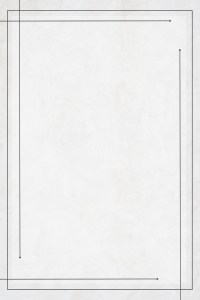Английский язык для медиков | страница 27
9. What are the muscles of the scalp?
10. What are the muscles of the nose?
Make the sentences of your own using the new words (10 sentences).
Find the definite and indefinite articles in the text.
ЛЕКЦИЯ № 13. Neck
Cervical vertebrae: There are seven cervical vertebrae of which the first two are atypical. All cervical vertebrae have openings in their transverse processes, the foramina transversaria which, when aligned, produce a canal that transmits the vertbral artery and vein.
Atlas: This is the first cervical vertebra (C1). It has no body and leaves a space to accommodate the dens of the second cervical vertebra. Axis: This is the second cervical vertebra (C2). It has a tooth-shaped process, the dens (odontoid process), which articulates with the atlas as a pivot joint. Movement at this joint allows lateral rotation of the head. Hyoid bone is a small U-shaped bone, which is suspended by muscles and ligaments at the level of vertebra C3. It occupies the angle of the throat that separates the neck from the floor oral cavity.
Laryngeal prominence is formed by the lamina of the thyroid cartilage. It is more prominent in men than in women and children.
Cricoid cartilage. The arch of the cricoid, another laryngeal cartilage, is palpable below the thyroid cartilage and superior to the first tracheal ring (vertebral level C6). Triangles of the neck: The neck is divided into a posterior and an arterior triangle by the sternocleidomasto-id muscle. These triangles are subdivided by smaller muscles into six smaller triangles. Posterior triangle is bound by the sternocleidomasto-id, the clavicle, and the trapezius. The floor of the posterior triangle is formed by the splenius capitis, the levator scapulae, and the medial and posterior scalene muscles. Occipital triangle is located above the inferior belly of the omohyoid muscle. Its contents include the following: CN XI is the cranial nerve that supplies motor innervation to the tra-pezius and sternocleidomastoid muscles Cutaneous branches of the cervical plexus are the lesser occipital, great auricular, transverse cervical, and supaclavicular nerves.
Subclavian (omoclavicular, supraclavicular) triangle is located below the inferior belly of the omohyoid. Its contents include the following: Brachial plexus supraclavicular portion – roots, trunk the branches of which enter this region from behind the scalenus anterior muscle. The branches include the dorsal scapular, long thoracic, sub-clavius, and suprascapular nerves.





